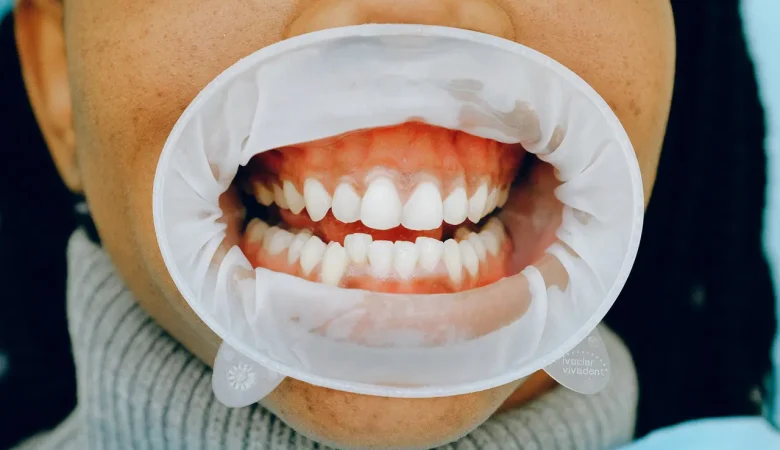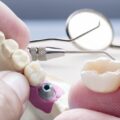Patients are often faced with the question: Do I have a root canal treatment or do I opt for a dental implant? Ideally, your dentist will give you comprehensive and conscientious advice on this issue. From a dental perspective, various aspects are taken into account – your initial situation, the treatment goal and the functional and aesthetic prognosis. One thing in advance: The decision always depends on the individual diagnosis.
Tooth preserved through root canal treatment
Preserving your own teeth is the primary goal in dentistry. If this is a tooth that has been damaged, for example by caries or a microcrack down to the tooth pulp – i.e. down to the nerve fibers and vessels in the tooth – root canal treatment is one of the last treatment options to save the tooth.
Inflammation of the tooth root becomes noticeable through dull, throbbing pain in the jaw, pain when biting down or constant pain that can be felt even when at rest. Such symptoms can also occur after a root canal treatment. However, under optimal conditions, the chances of success with modern root canal treatment are very good, as many dental studies have shown.
The possibilities of modern root canal treatment
The dental specialty that deals with root canal treatments is endodontics. With modern root canal treatment, the entire root canal system of the tooth is permanently and safely freed of bacteria and inflammation. Today, high-precision instruments and procedures are available for this purpose. The treatment is carried out under a surgical microscope with a magnification of up to 25x. The inflammatory processes on the tooth and tooth roots are stopped and the treated tooth can be as healthy and durable as an intact tooth. Even teeth that have already been diagnosed with inflammation of the bone surrounding the tooth root can heal completely after root canal treatment. However, the treatment usually requires several appointments over a longer period of time.
Root canal treatment is aimed at preservation
dead teeth. To do this, the tooth nerve must be completely removed, the exposed root canal system is then cleaned and disinfected with repeated rinsing and medicinal deposits until the inflammation has healed and no organic particles and toxins can be found in this area. The remaining tissue in the root canals is removed using micro-fine files and rinsing solutions. The root canal system is shaped three-dimensionally and then sealed to make it bacteria-tight with a root canal filling.
Diagnostics with DVT: Spatial observation for maximum precision
Innovative technologies that can now be used to make a precise diagnosis also contribute to the success of the demanding treatment in the root area of a tooth. Three-dimensional digital volume tomography (DVT) shows the anatomy of tooth roots, teeth and jaws in very high resolution in 3D – i.e. in a spatial representation – and under very low radiation exposure.
In addition to the dental examination, the practitioner receives valuable information about the dental structures down to the deepest, hidden areas and can view the situation in real spatial conditions. For example, the number, curvature, extent and condition of the root canals as well as possible inflammatory processes at the root tip of the tooth can be clearly identified, as can complicating factors such as proximity to neighboring nerves.
The need for treatment can thus be precisely defined – and the prognosis of possible treatment can also be assessed very precisely. This is a crucial point – in the truest sense – because the dentist can give you as a patient the best possible advice regarding your treatment options based on the diagnosis. And this information in turn forms the basis for your decision for or against a root canal treatment.











